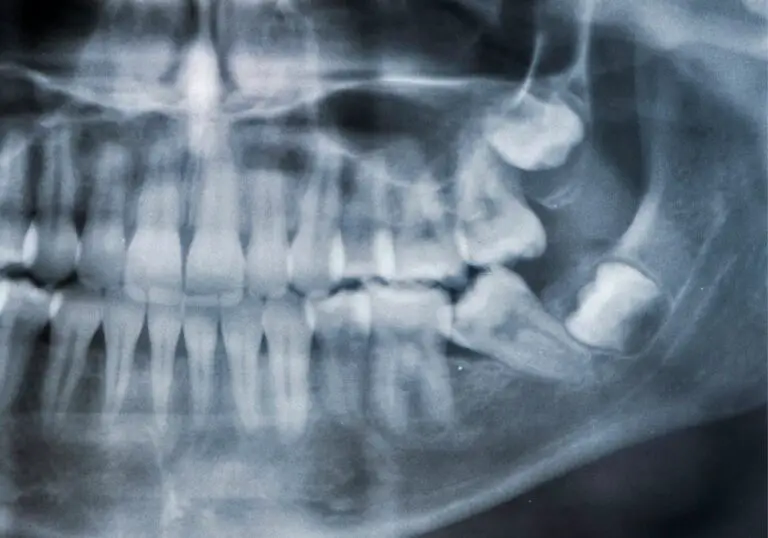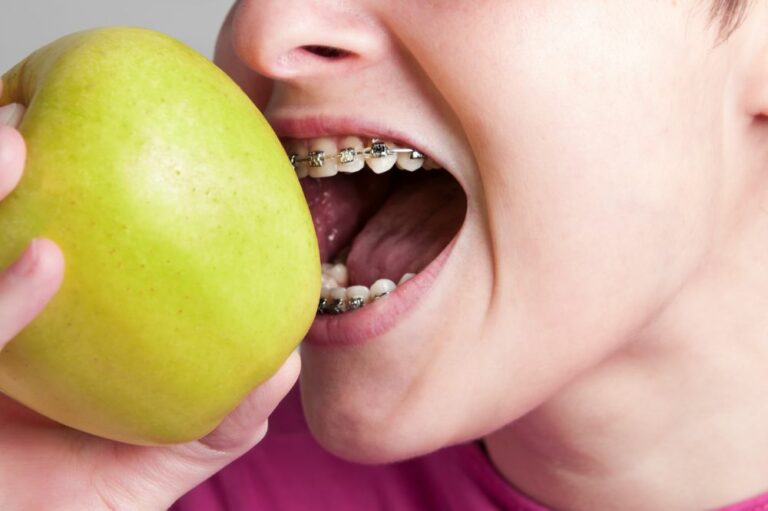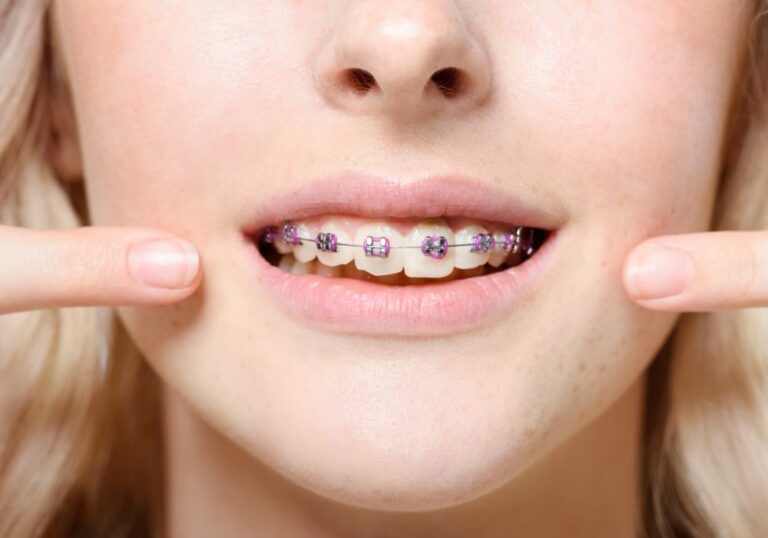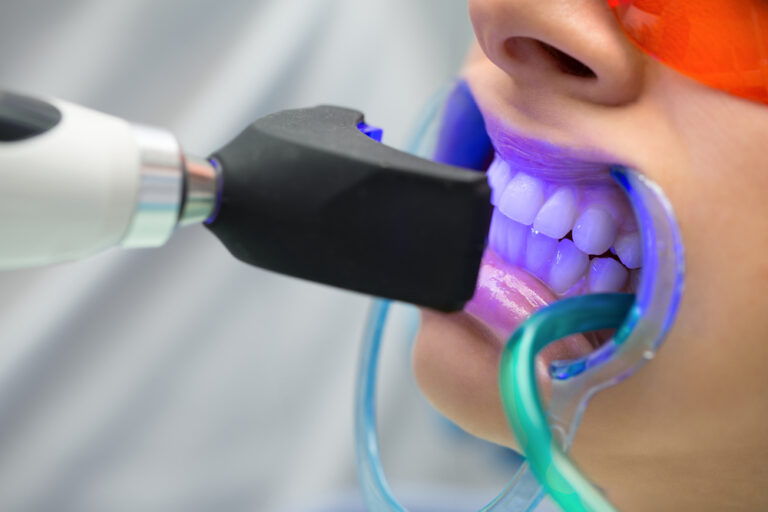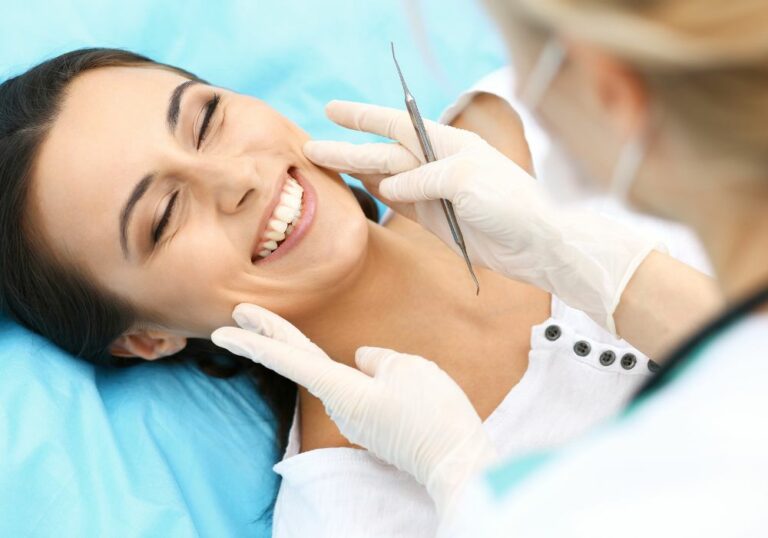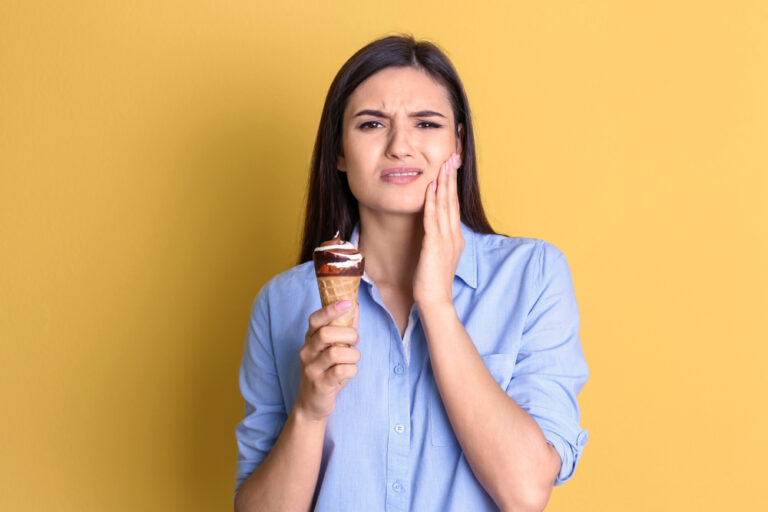Having a tooth extracted is an uncomfortable experience no one looks forward to. But it is often necessary for treating severe tooth decay, infection, crowding issues or preparing for braces or dentures. After the procedure, it’s normal to have some pain, swelling and sensitivity around the extraction site as it heals.
What you eat and drink during the recovery process is crucial. The right foods and beverages can help speed healing, prevent complications and restore your strength. However, the wrong choices could lead to serious problems like dry socket pain, stitches coming undone or even infection.
This comprehensive guide will walk you through everything you need to know about eating after extractions. We’ll cover:
- The best soft foods to eat
- Foods and drinks to totally avoid
- Meal plans and recipes
- Helpful eating tips
- How to progress your diet
- When you can enjoy your favorite treats again
Follow these tooth extraction food tips and you’ll be feeling better in no time!
Why Your Diet Matters After Extractions
There are two main reasons to stick to a soft, nutritious post-extraction diet:
1. Protect the blood clot – After a tooth is removed, a clot will form in the empty socket to protect the bone and nerves underneath. This blood clot is vital for proper healing. If it becomes dislodged too soon, you’ll end up with a painful dry socket.
2. Allow gentle healing – Chewing and biting with force can disrupt stitches, pull at the tender gum tissue and damage the extraction site. A soft foods diet reduces this risk.
The first 24-48 hours are the most crucial period to protect the blood clot. But you should continue being careful what you eat for at least a week as the new tissue regenerates and stitches dissolve.
Now let’s look at the best and worst foods to eat during extraction recovery.
Soft Foods to Eat After Extractions
Sticking to a diet of soft, vitamin and mineral-rich foods allows your mouth to heal faster. Here are some of the best options:
Yogurt
Plain unsweetened yogurt is a great food to eat after an extraction. The cool temperature and smooth creamy texture make it easy to eat without extensive chewing.
Greek yogurt tends to be higher in protein which helps repair and restore tissues. The probiotics support healthy bacteria growth too. Just be sure to avoid yogurt with chunks of fruit or granola that could get stuck in the sockets.
Oatmeal
A warm bowl of oatmeal is naturally soft and soothing. It provides fiber to relieve constipation, which is a common side effect of surgery medications. Oats also contain zinc and magnesium to boost immunity and speed healing.
Stick to plain oatmeal without crunchy nuts or granola and add a dash of cinnamon to enhance the flavor.
Mashed Potatoes
Mashed potatoes are one of the most recommended foods after dental surgery. When prepared smoothly without lumps, they slide down easily without chewing and provide key nutrients like vitamin C, iron, potassium and magnesium.
Use minimal butter and milk when preparing mashed potatoes in the first couple days. After that, gravy can help moisten them even more.
Soup
Warm, broth-based soups are great after extractions thanks to their soft texture and hydrating properties. Mild vegetable, chicken or beef broths provide fluids and electrolytes without irritation.
Avoid chunky soups with meat, beans or vegetables that require chewing. You can add soft cooked rice or small pasta pieces if you want some extra starch.
Protein Shakes
The healing process requires extra protein and calories. Nutritious protein shakes provide both in drinkable form. Use milk and yogurt for added calories and probiotics. Avoid shakes with fruit chunks or ice that require excessive sucking.
Banana
Mashed ripe banana is an ideal first food after dental surgery. It’s rich in potassium, magnesium and vitamin C and slides down with minimal chewing. The soft texture also soothes mouth pain.
Apple Sauce
Look for unsweetened applesauce without added sugar or unnecessary fillers. The thick, smooth texture makes this fruit sauce perfect for the first couple days. Apples also contain vitamin C which supports healing.
Pudding and Custard
These smooth, creamy desserts are some of the easiest foods to swallow after extractions. Try chocolate, vanilla or coconut flavors. You can also blend silken tofu with a little honey for a protein-rich custard.
Smoothies
Blend banana, avocado, yogurt, nut butter, milk and protein powder into a drinkable smoothie. Use a straw placed toward the back of the mouth. Avoid smoothies with seeds, ice or large fruit chunks that require sucking or chewing.
Instant Oatmeal Packets
Packets of instant oatmeal provide an easy nutritious meal with minimal prep. Look for “soft baked” or quick-cooking varieties and add hot water. Avoid chunky fruit pieces or nuts. Stir in some chocolate or vanilla protein powder for extra nutrition.
Hummus
The smooth, creamy texture of hummus makes it perfect for extraction recovery. Chickpeas provide fiber and protein. Blend it to remove any chunks. Avoid flavored hummus with garlic, tahini or spices that could irritate.
Mashed Fruits
Fruits like peaches, papaya, cantaloupe and honeydew can be mashed into a soft puree. The nutrients, antioxidants and natural sweetness aid the healing process. Just remove any skins, seeds or tough fibers first.
Foods and Drinks to Avoid After Extractions
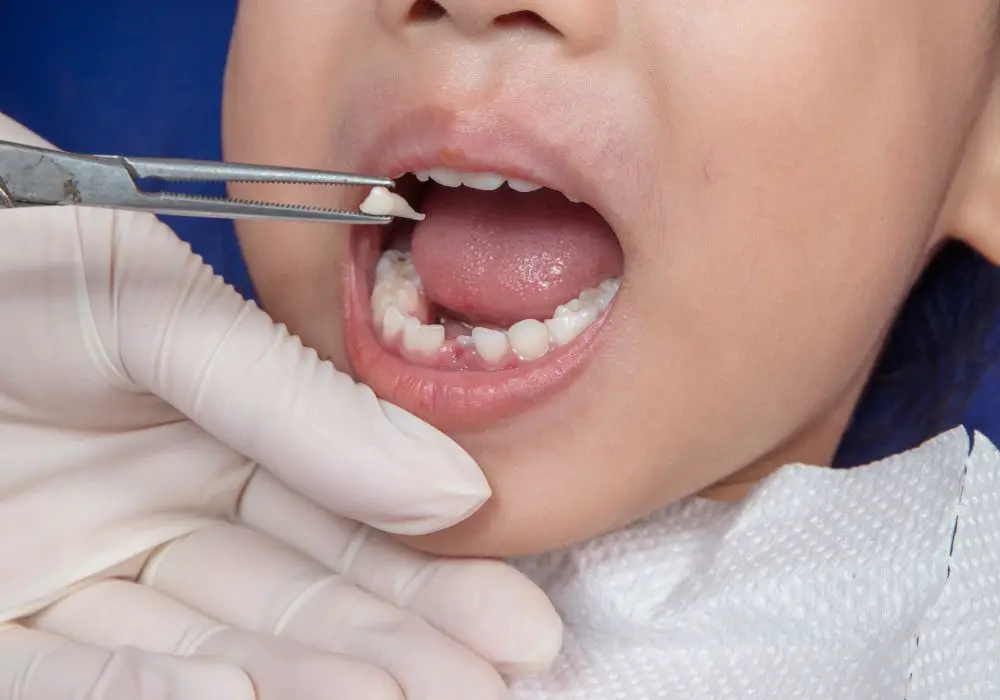
Now let’s look at what not to eat and drink after a tooth extraction:
Hard or Crunchy Foods
Avoid any foods that require extensive chewing like:
- Chips and crackers
- Nuts and seeds
- Raw vegetables
- Croutons
- Pizza crust
- Bread crumbs
- Popcorn
- Hard candy
These all pose a risk of disturbing the blood clot and impacting the stitches. Even soft bread should be torn into small pieces and chewed very carefully on the opposite side of the mouth from the extraction.
Tough Meats
Skip chewy, fibrous meats like steak, pork chops, chicken wings, dried beef or jerky. Allow meats to become very tender by cooking in a soup, stew or sauce. Then cut into tiny, easy to swallow pieces before eating.
Sticky Foods
Don’t eat sticky, chewy foods like:
- Gum
- Caramel candies
- Granola bars
- Taffy
- Dried fruits like raisins
- Peanut butter
These foods could adhere to the healing socket and peel it open when you try to swallow. Even sticky foods that feel soft require more chewing movement which should be avoided.
Crunchy Vegetables
Pass on raw veggies and salad which takes effort to chew properly. Cook vegetables until very soft before eating. Pureed vegetable soup is a good alternative.
Crusty Bread
Bread crust, rolls, bagels, pizza and sandwiches all require substantial chewing. Stick with very soft bread torn into small pieces if you need some carbs.
Carbonated Drinks
Skip the fizz and avoid anything carbonated like:
- Soda
- Beer
- Sparkling water
- Champagne
The bubbles and pressure could dislodge the blood clot from the socket causing a dry socket. Even drinking from a straw could create unwanted suction.
Very Hot Foods
Extreme temperatures can irritate the tender healing tissues. Allow foods to cool slightly before eating.
Avoid hot coffee, tea, or soup for at least 24 hours after the extraction. Lukewarm is better. Cold soft foods like ice cream provide relief too.
Caffeine and Alcohol
It’s best to avoid or strictly limit caffeine and alcohol like:
- Coffee
- Tea
- Energy drinks
- Wine
- Spirits
- Beer
Caffeine can raise blood pressure and interfere with your medication or anesthesia. Alcohol can react with prescription pain pills, antibiotics, anesthetics causing dizziness or drowsiness that raises your risk of falls. Both beverages may also promote bleeding.
Spicy Foods
Skip anything spicy or heavily seasoned with black pepper, chili powder, curry, hot sauce, garlic or onions. These irritants can cause discomfort and pain after extractions.
Smoking
Do not smoke, vape, chew tobacco or use any other nicotine products after dental surgery. Smoking severely delays healing and raises the risk of developing a painful dry socket.
Dairy
Some people have an adverse reaction to dairy while healing. If you notice mucus, congestion or phlegm after drinking milk or eating ice cream, yogurt or cheese, you may want to limit dairy intake. Try non-dairy milks and yogurts made from rice, almonds, coconut or hemp.
Meal and Snack Ideas After Extractions
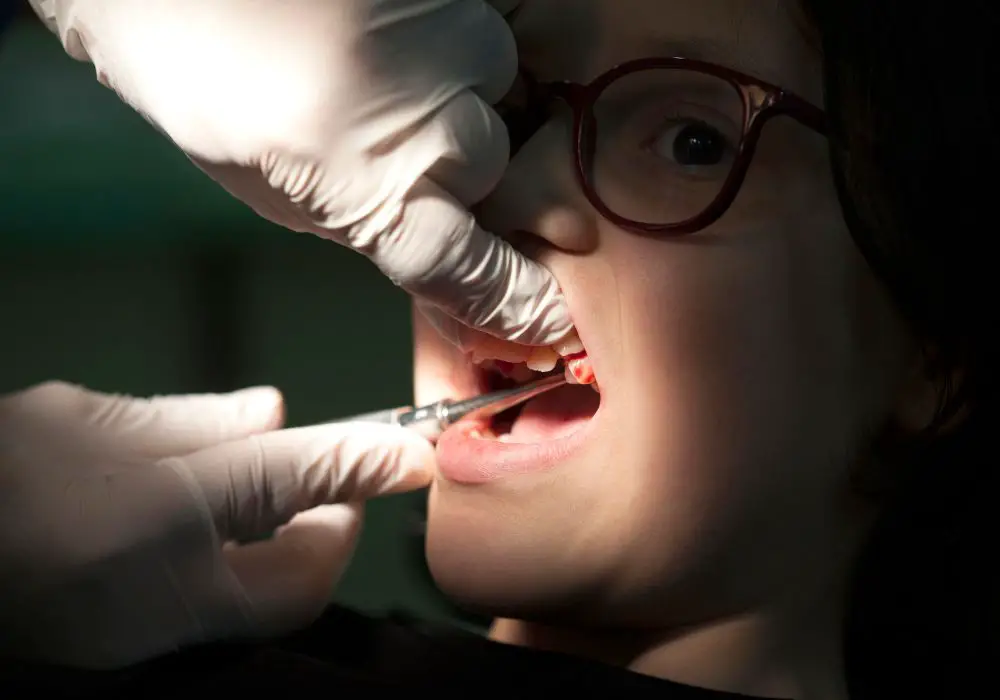
Here are some nourishing meal and snack ideas as you recover:
Breakfast Ideas
- Oatmeal topped with mashed banana, applesauce or honey
- Yogurt mixed with pureed fruit or vanilla protein powder
- Soft scrambled eggs or omelet with melted cheese
- Mashed avocado toast on soft bread
- Smoothie with yogurt, milk, protein powder and mashed fruits
Lunch Ideas
- Mashed potato or sweet potato soup
- Macaroni and cheese with tender chopped chicken
- Vegetable barley pilaf
- Tuna salad sandwich made with soft bread
- Pureed lentil soup with rice
Dinner Ideas
- Vegan chili with soft cooked beans and veggies
- Chicken and rice congee or jook
- Shepherd’s pie with ground meat and mashed potato topping
- Pasta primavera with soft cooked vegetables and sauce
- Fish stew or chowder with potatoes and light broth
Snacks
- Pudding, custard or ice cream
- Yogurt
- Applesauce or pear sauce
- Protein shake
- Smoothie
- Oatmeal
- Jello
- Mashed banana
- Mashed sweet potato
- Scrambled eggs
- Mashed tofu with honey
Making Foods Softer for the Post-Extraction Diet
If you prepare even soft foods properly, it makes them easier and safer to eat. Here’s how:
- Cook fruits and vegetables to a soft, well-done consistency. Steaming is great.
- Cut meats into very small, tender pieces. Simmer in broths, stews or sauces.
- Shred, mash or puree to remove lumps. Blend if needed.
- Soak dry bread in milk or broth before eating to soften it up.
- Avoid unnecessarily crunchy toppings like croutons or nuts for now.
- Limit butter, oils or other lipids as these coat the mouth and require more chewing.
Helpful Tips for Eating After Extractions
Here are some tips to make eating after a tooth extraction as smooth as possible:
- Chew very carefully on the opposite side from the extraction.
- Take small bites and chew thoroughly before swallowing.
- Moisten dry foods with broths, gravy, sauces or dressings to ease swallowing.
- Stop eating if you feel food particles getting stuck in the sockets.
- Stay hydrated by sipping cool water, iced tea, milk or electrolyte drinks.
- Set a timer to remember to eat every few hours. Extraction pain can reduce appetite.
- Take any antibiotics or pain relievers before meals if possible to prevent nausea.
- Avoid using straws as the suction can disturb clots. Drink from cups and glasses instead.
- Rinse your mouth very gently with warm salt water after eating to keep it clean.
- Rest with your head elevated on extra pillows to minimize throbbing and swelling.
When to Progress Your Diet After Extractions?
Initially it’s best to stick to a liquid and soft foods diet for at least the first 24 hours. But after that you can start adding some variety:
- 3-5 days post-extraction: Very soft foods like mashed potatoes, yogurt, pureed soups, eggs, well-cooked rice are OK.
- 5-7 days: Time to introduce more tender foods like noodles, ground meat, cooked veggies, shredded chicken, fish.
- 1-2 weeks: Slowly reintroduce regular textured foods taking care to chew on the opposite side.
- 3-4 weeks: Your mouth should be healed enough to handle most treats like popcorn, pizza or corn on the cob.
Let your dentist know if you are still experiencing sensitivity, swelling or pain beyond the first week. That may indicate complications.
Foods to Avoid Long Term After Extractions
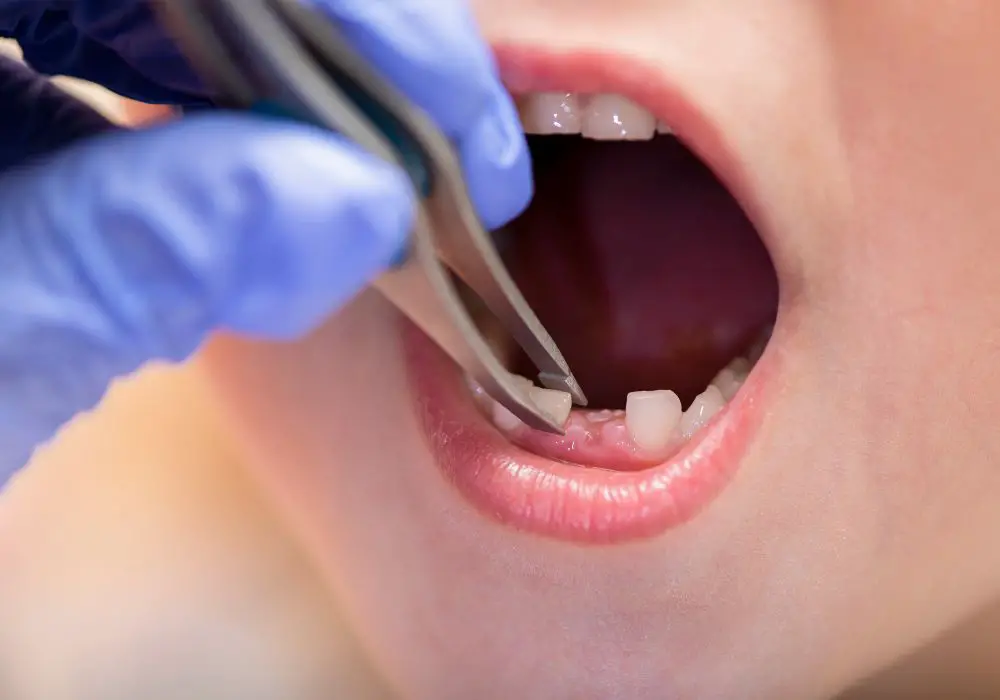
Some foods may need to be limited long term if you’ve had multiple teeth extracted:
- Hard candies – Can crack teeth with loosened roots
- Chewy caramels – Can remove crowns or bridges
- Hard or crunchy foods – Less teeth equals more chewing difficulty
- Nuts and seeds – May get caught in openings between teeth
- Popcorn kernels – Can wedge into gaps between teeth
Talk to your dentist about your individual case. You may or may not need to restrict certain foods. Using caution is wise when chewing on the extraction side.
Celebrating Recovery with a Treat!
Once your dentist confirms you are fully healed, go ahead and reward yourself! After 2 weeks or more you can probably enjoy:
- Pizza, tacos or a sandwich with crunchy toppings
- Popcorn or potato chips for movie night
- Nachos with spicy cheese sauce
- Crunchy raw veggies with hummus or dip
- Corn on the cob
- A cold carbonated soda or beer
- Popsicles or ice cream
Just be reasonable. Don’t go from a liquid diet to eating a bag of popcorn. Introduce more textured foods gradually. And continue taking good care of your teeth and gums!
Frequently Asked Questions
1. How long after a tooth extraction can I eat solid foods?
It’s best to stick to a soft foods diet for at least 3-5 days after having a tooth pulled. After that, you can slowly add in tender cooked foods like fish, well-cooked pasta, or steamed vegetables. Most people can return to regular foods in 7-10 days.
2. Can I drink coffee after a tooth extraction?
It’s best to avoid very hot drinks for the first 24 hours after extraction as heat can irritate the site. After that, warm coffee should be fine as long as you drink it slowly and avoid creating too much suction with the straw.
3. When can I eat chips and popcorn again?
Crunchy snack foods like chips, popcorn, nuts and crackers should be avoided for 7-10 days after an extraction. Their hard, sharp texture could disturb the blood clot and damage the healing site. After two weeks, they should be safe to eat again.
4. How soon after an extraction can I drink alcohol?
It’s generally recommended to avoid alcohol for at least 24-48 hours after a tooth extraction since it can interact with anesthetics and antibiotics. After that, modest alcohol consumption should be fine as long as you avoid creating suction with a straw which could dislodge the blood clot.
5. When can I eat spicy foods again?
It’s wise to avoid spicy foods for about a week after having a tooth pulled. Chili peppers, hot sauce, and other fiery foods can irritate the extraction site. After 5-7 days, you can probably handle mildly spicy foods but build up slowly.
Summary
Following an extraction, stick to a soft diet of foods like yogurt, mashed potatoes, soups and applesauce for 3-5 days. Avoid crunchy, spicy, sticky or carbonated foods and beverages which could disturb healing. After a week, you can gradually reintroduce more solid foods to your diet as the extraction site heals. Drinking through a straw and rinsing with warm salt water can help the recovery process. With proper care, your mouth will be ready for your favorite foods again in no time.

